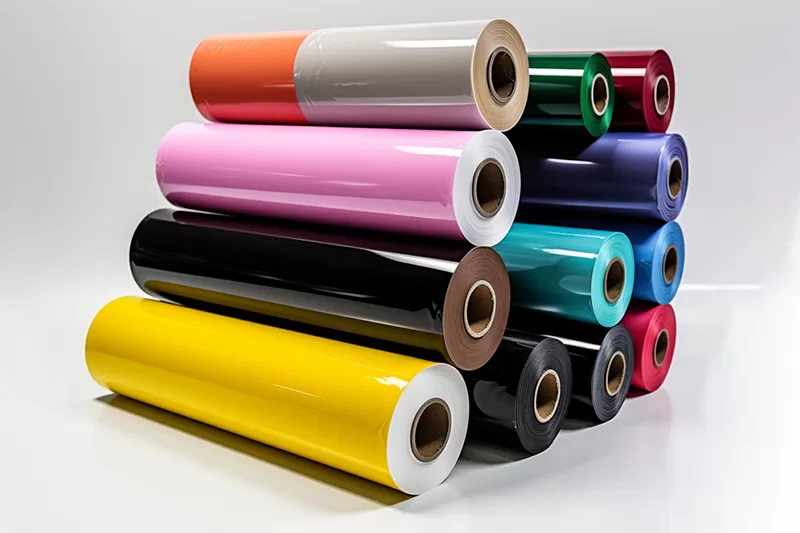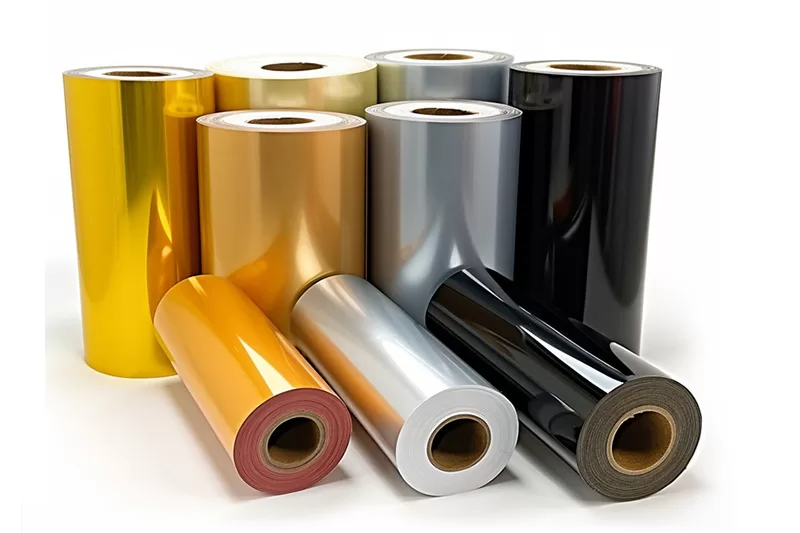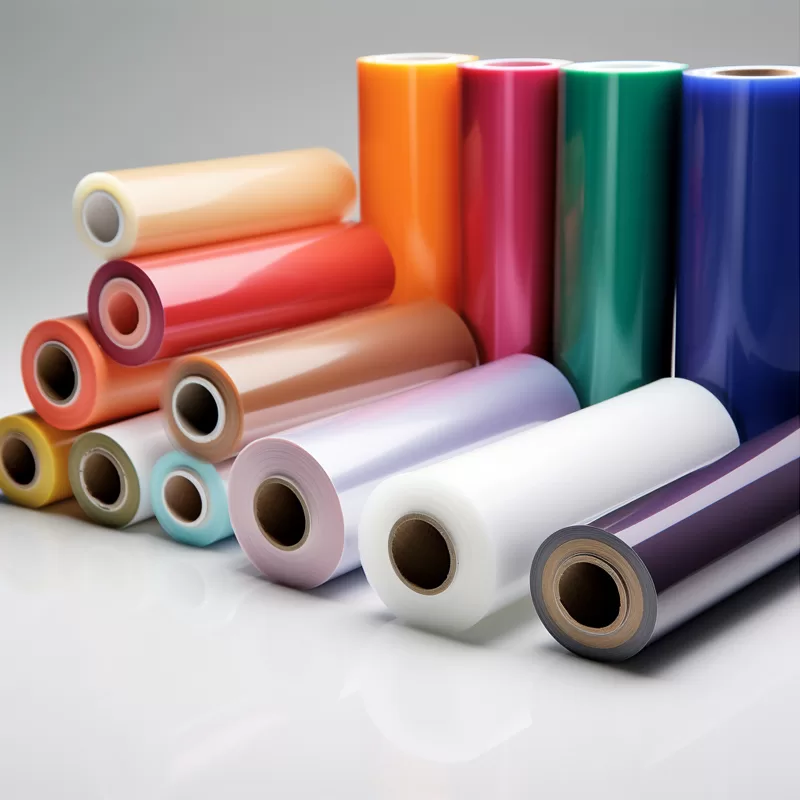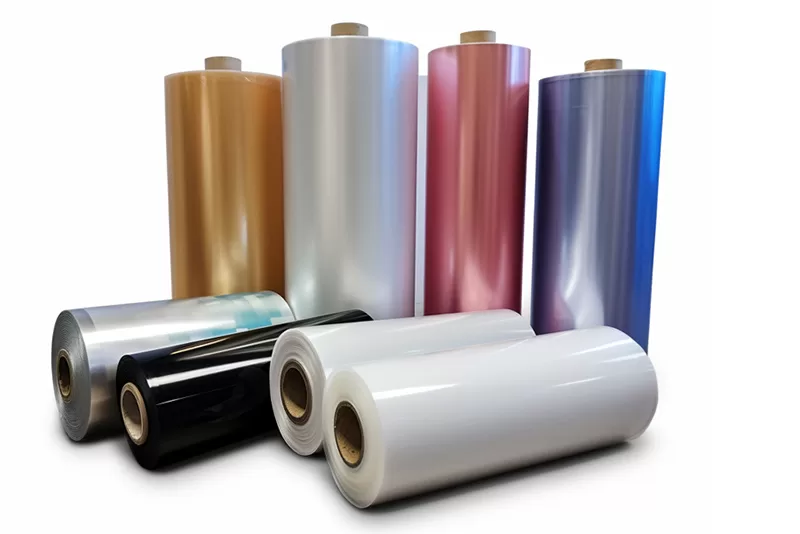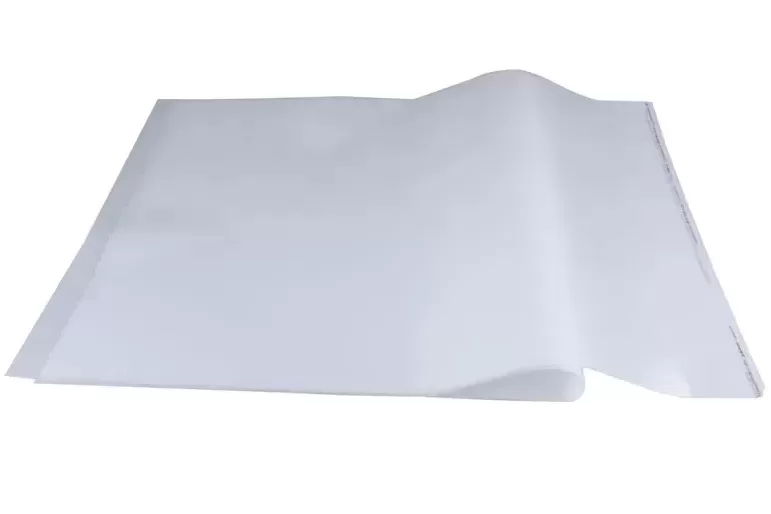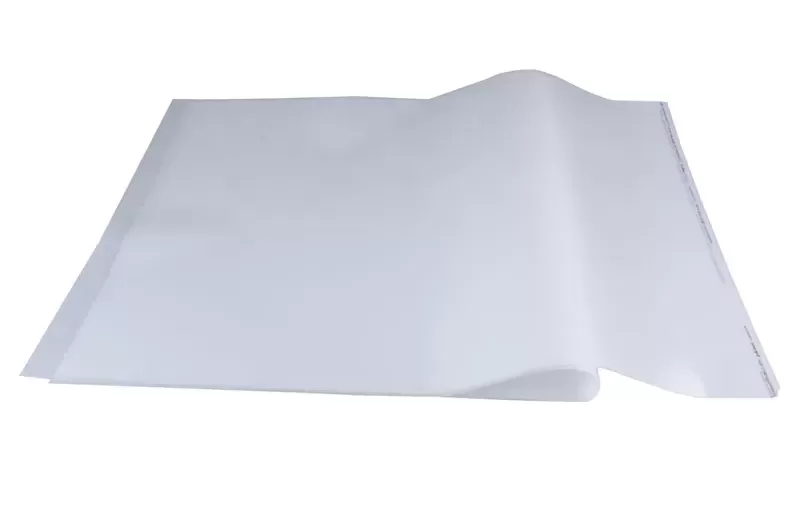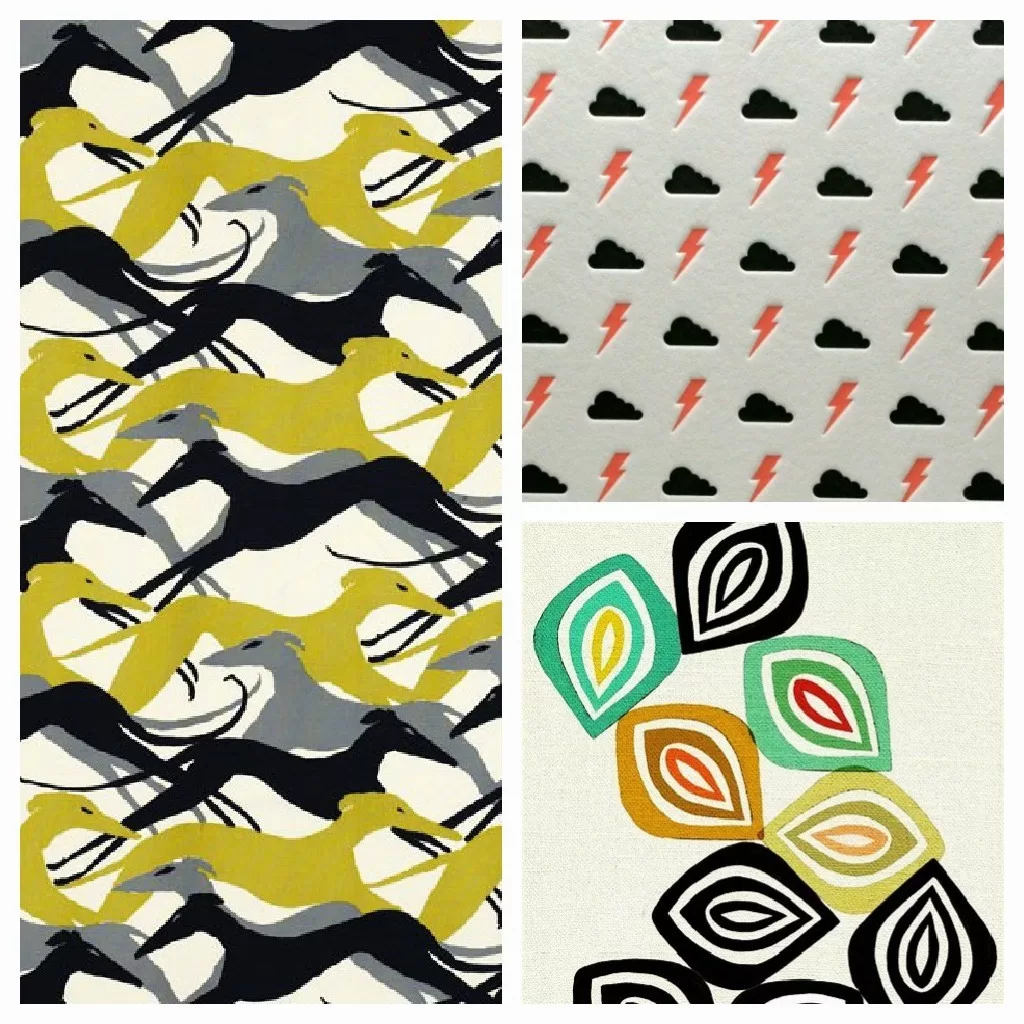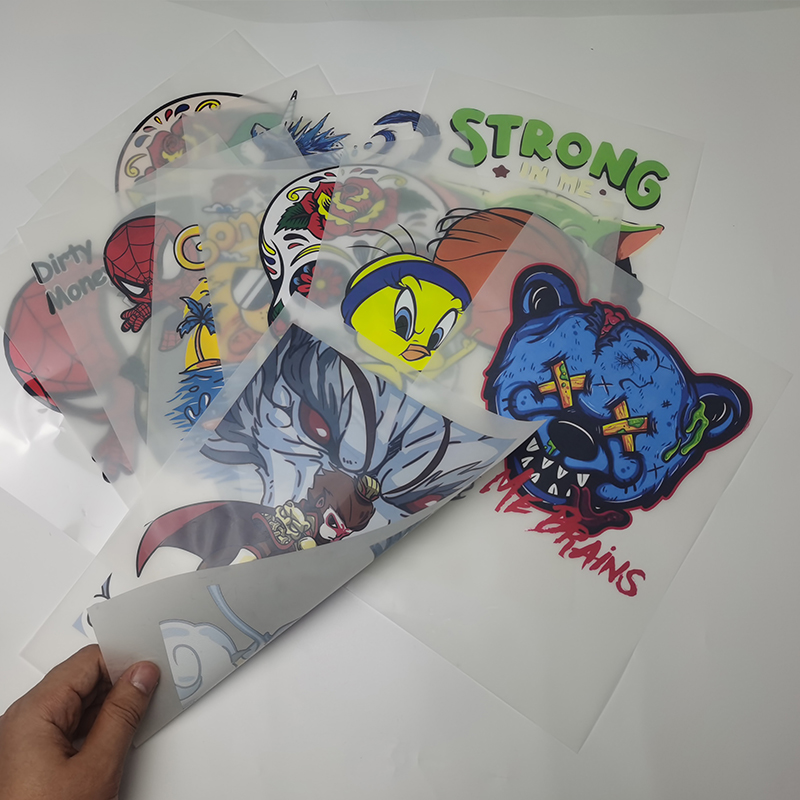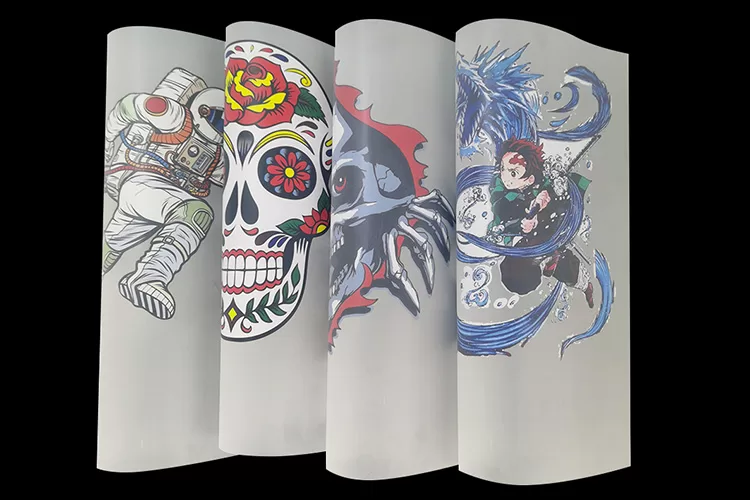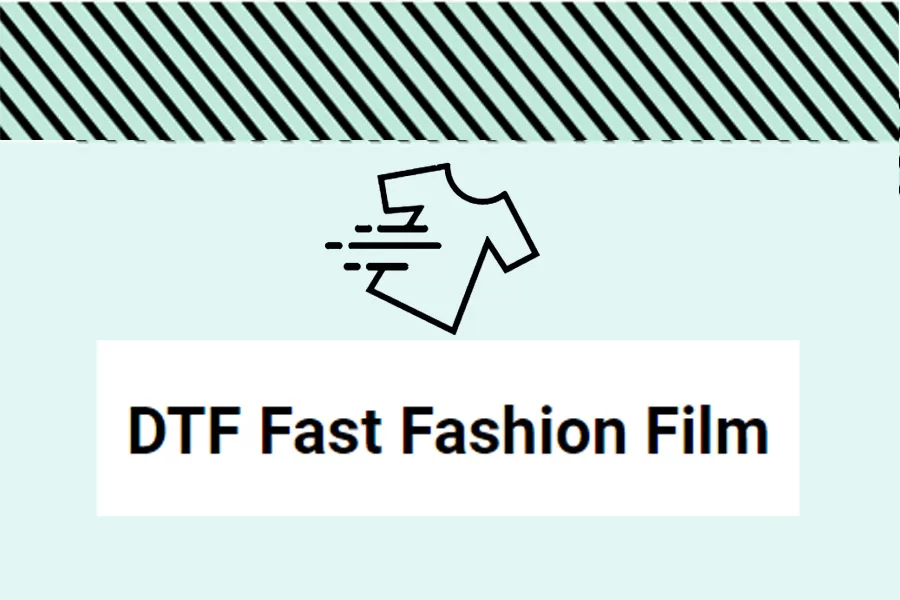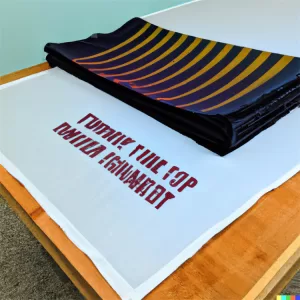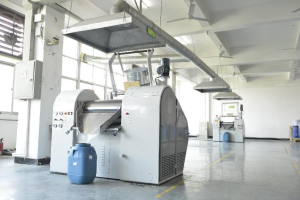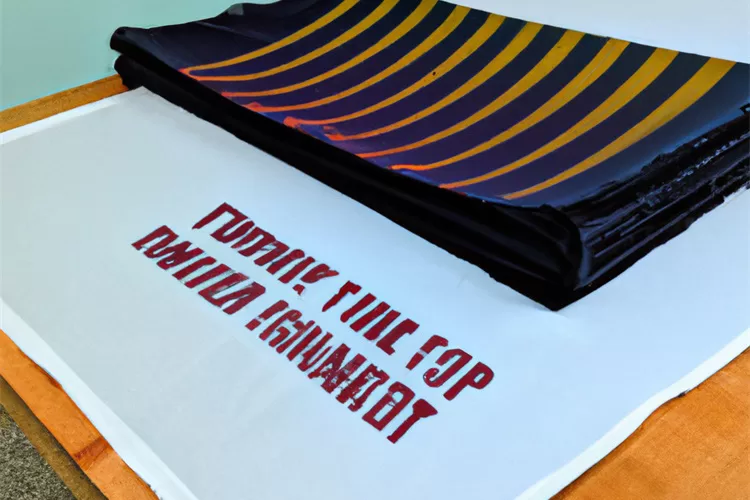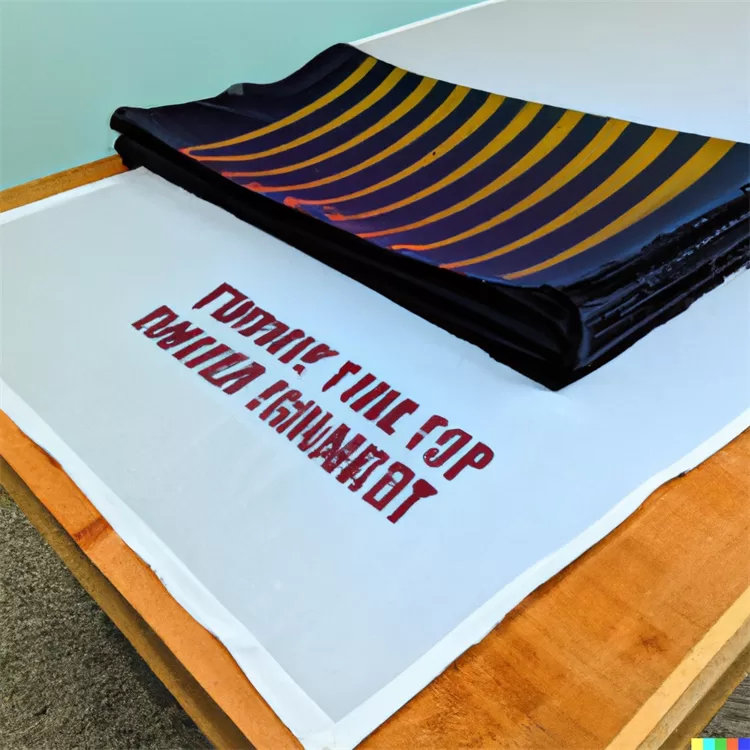Finding suppliers of environmentally friendly DTF transfer films is a great way to incorporate sustainable printing solutions into your business. The following tips can help you find an environmentally friendly DTF transfer film supplier:
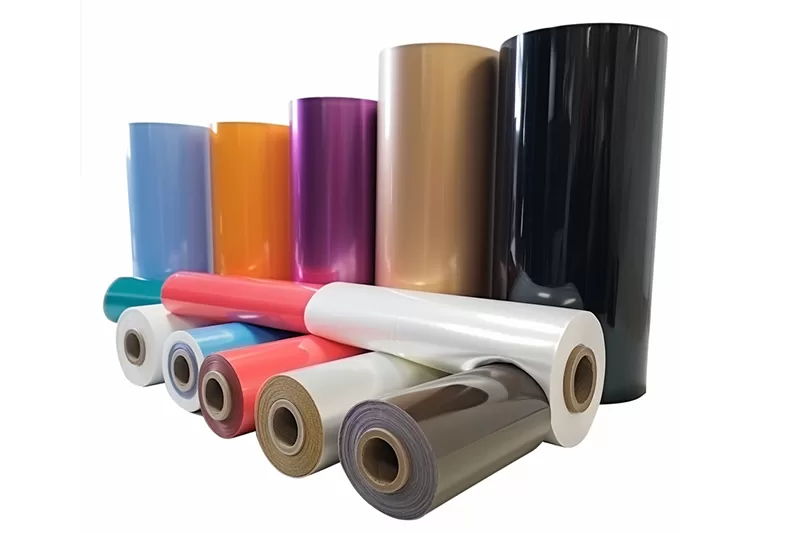
1. Research sustainable materials: Look for suppliers who provide DTF transfer films made of sustainable materials. This may include films made from recycled materials or biodegradable or compostable materials. These options help reduce the environmental impact of the printing process.
2. Certifications and Standards: Check if the supplier holds any certifications or adheres to environmental standards. Look for FSC (Forest Stewardship Council) or ISO14001 certification to demonstrate a supplier's commitment to sustainable practices.
3. Transparency and Environmental Policies: Ensure suppliers are transparent about their environmental policies and practices. Find information or ask for details on the manufacturing process, waste management and reducing your carbon footprint on their website. Suppliers who make a clear commitment to sustainability are more likely to offer environmentally friendly products.
4. Water-based ink: Ask the supplier if they advocate the use of water-based ink on their DTF transfer film. Water-based inks are more environmentally friendly than solvent-based inks because they have lower volatile organic compound (VOC) content and are easier to handle safely.
5. Packaging and Shipping: Consider the supplier's packaging and shipping methods. Look for suppliers who use environmentally friendly packaging materials, such as recycled or biodegradable packaging. Also, check if they offer carbon-neutral shipping options or take steps to minimize shipping-related emissions.
6. Collaboration with sustainable partners: Look for suppliers that work with other sustainable partners or organizations. They may form partnerships with environmentally friendly ink manufacturers, or be part of industry initiatives focused on promoting sustainable printing practices. These collaborations demonstrate their dedication to sustainable solutions.
7. Customer comments and feedback: Research customer comments and feedback on suppliers' environmental protection practices. Look for customer testimonials who prioritize sustainability and have positive experiences with Supplier Eco-Friendly DTF Transfer Films.
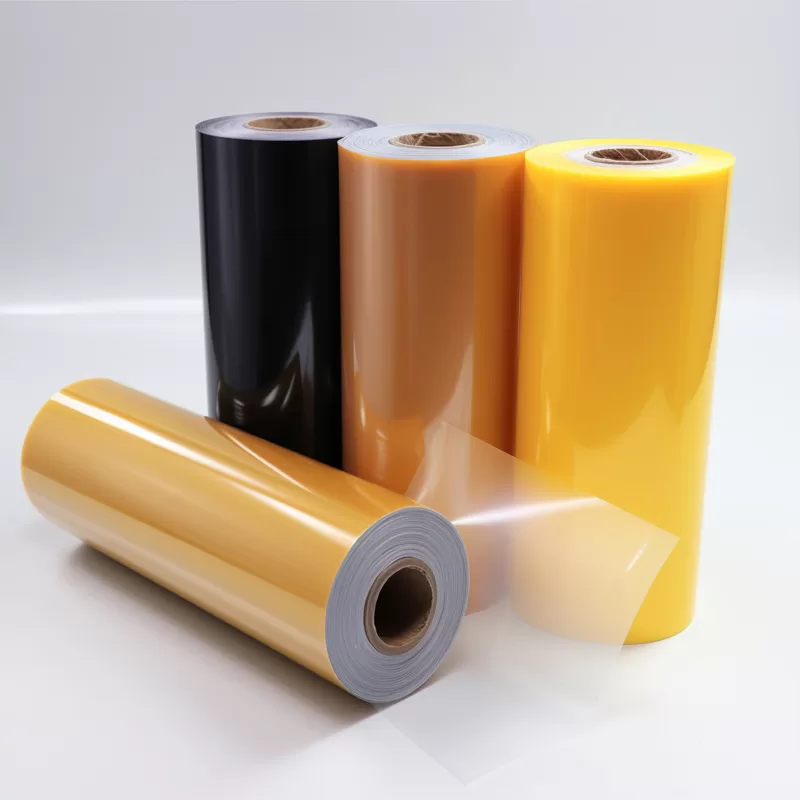
By considering these factors and conducting in-depth research, you can find an environmentally friendly DTF transfer film supplier that meets your sustainability goals. Incorporating environmentally friendly materials into your printing process not only reduces your environmental impact, but also makes your business a responsible, environmentally conscious entity.

